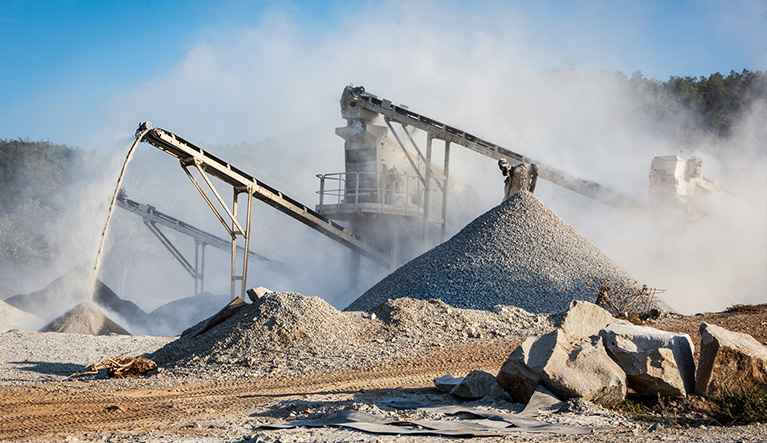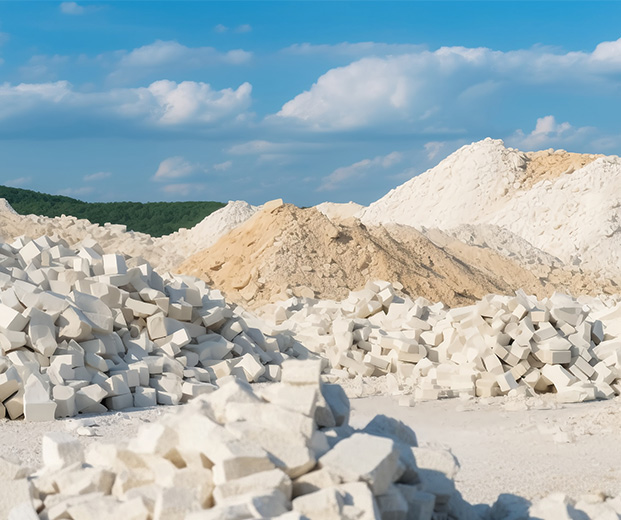The lime industry heavily relies on refractory materials in various stages of production, from limestone calcination to the production of quicklime and hydrated lime. Refractories play a critical role in ensuring the efficiency, quality, and safety of lime manufacturing processes. Here is an overview of the applications and benefits of refractory materials in lime industry.

Rotary kilns: Refractory linings are used in lime kilns to protect the kiln shell from high temperatures and chemical attack. Basic bricks, alumina bricks, and fire clay bricks are commonly used in different kiln zones.
Preheaters and coolers: Refractories are used in preheaters and coolers to maintain temperature and minimize heat loss during lime production.
Fuel burners and tumblers: Refractory materials are essential for fuel burner and tumbler designs, ensuring efficient combustion and effective heat transfer.
Dams and heat exchangers: Refractories are used in dam designs and patented prefoil heat exchangers to optimize the efficiency of lime production.

Enhance product quality: Refractories prevent contamination of lime products, ensuring high-quality output and adherence to industry standards.
Extend equipment life: Refractory materials protect lime production equipment from wear and tear, minimizing maintenance requirements and extending service life.
Ensure safety: By providing thermal insulation and resisting chemical attack, refractory materials contribute to safer working conditions for lime industry personnel.
In conclusion, refractory materials are essential in the lime industry for optimizing efficiency, maintaining product quality, and ensuring safe working conditions. As the lime industry continues to evolve, advancements in refractory materials and technologies will play a vital role in supporting its growth and sustainability.